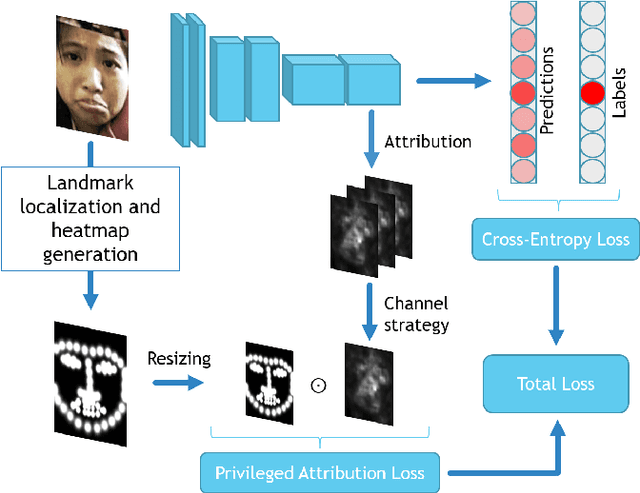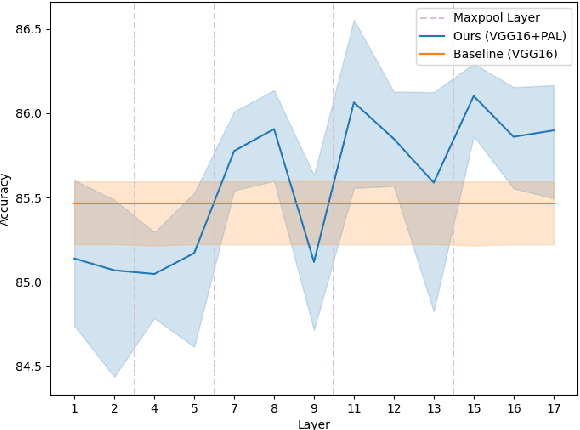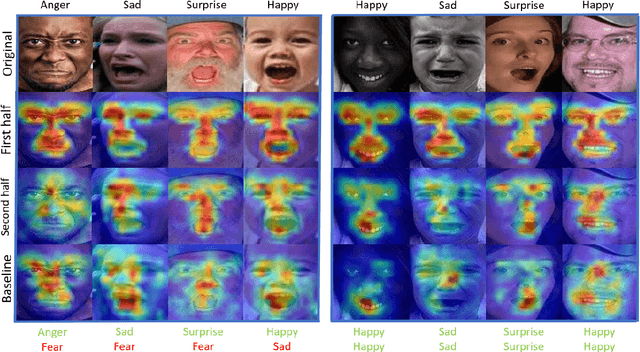Jules Bonnard
Multi-Task Transformer with uncertainty modelling for Face Based Affective Computing
Aug 06, 2022
Abstract:Face based affective computing consists in detecting emotions from face images. It is useful to unlock better automatic comprehension of human behaviours and could pave the way toward improved human-machines interactions. However it comes with the challenging task of designing a computational representation of emotions. So far, emotions have been represented either continuously in the 2D Valence/Arousal space or in a discrete manner with Ekman's 7 basic emotions. Alternatively, Ekman's Facial Action Unit (AU) system have also been used to caracterize emotions using a codebook of unitary muscular activations. ABAW3 and ABAW4 Multi-Task Challenges are the first work to provide a large scale database annotated with those three types of labels. In this paper we present a transformer based multi-task method for jointly learning to predict valence arousal, action units and basic emotions. From an architectural standpoint our method uses a taskwise token approach to efficiently model the similarities between the tasks. From a learning point of view we use an uncertainty weighted loss for modelling the difference of stochasticity between the three tasks annotations.
Privileged Attribution Constrained Deep Networks for Facial Expression Recognition
Mar 24, 2022



Abstract:Facial Expression Recognition (FER) is crucial in many research domains because it enables machines to better understand human behaviours. FER methods face the problems of relatively small datasets and noisy data that don't allow classical networks to generalize well. To alleviate these issues, we guide the model to concentrate on specific facial areas like the eyes, the mouth or the eyebrows, which we argue are decisive to recognise facial expressions. We propose the Privileged Attribution Loss (PAL), a method that directs the attention of the model towards the most salient facial regions by encouraging its attribution maps to correspond to a heatmap formed by facial landmarks. Furthermore, we introduce several channel strategies that allow the model to have more degrees of freedom. The proposed method is independent of the backbone architecture and doesn't need additional semantic information at test time. Finally, experimental results show that the proposed PAL method outperforms current state-of-the-art methods on both RAF-DB and AffectNet.
 Add to Chrome
Add to Chrome Add to Firefox
Add to Firefox Add to Edge
Add to Edge